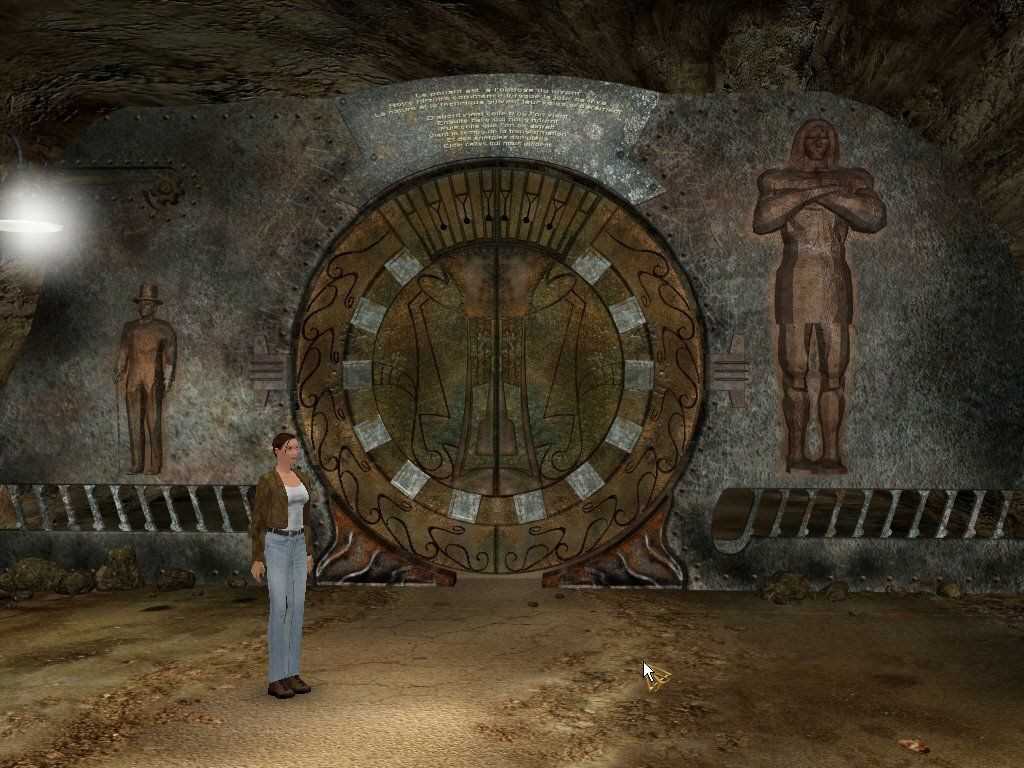
Jules Verne’s classic science fiction novel “Journey to the Center of the Earth” has captured the imaginations of readers for generations. The story follows the adventures of Professor Otto Lidenbrock and his nephew Axel as they embark on a daring expedition to the Earth’s core. This thrilling tale has sparked numerous questions and debates about the possibility of such a journey and the mysteries that may await beneath the surface.
One of the most common questions about “Journey to the Center of the Earth” is whether it is possible to actually travel to the Earth’s core. While the novel presents a fantastical concept, modern science tells us that reaching the center of the Earth is impossible due to extreme heat and pressure. However, the story’s imaginative premise continues to captivate readers and inspire them to ponder the wonders that may exist deep within our planet.
Another question that often arises is the scientific accuracy of Verne’s depiction of the Earth’s interior. Although Verne’s descriptions of underground lakes, vast caverns, and prehistoric creatures may not align with our current understanding of geology, it is important to remember that the novel was written in 1864, long before many scientific discoveries were made. Verne’s vision of the Earth’s interior may not be scientifically accurate, but it remains an intriguing work of fiction that challenges our imagination.
The concept of exploration and the thirst for knowledge are also prominent themes in “Journey to the Center of the Earth.” The characters’ desire to discover the unknown and unravel the mysteries of the Earth’s core resonates with readers who are drawn to the allure of exploration. Verne’s novel reminds us of the human spirit’s insatiable curiosity and the endless possibilities that lie beyond our everyday experiences.
Journey to the Center of the Earth: Questions and Answers
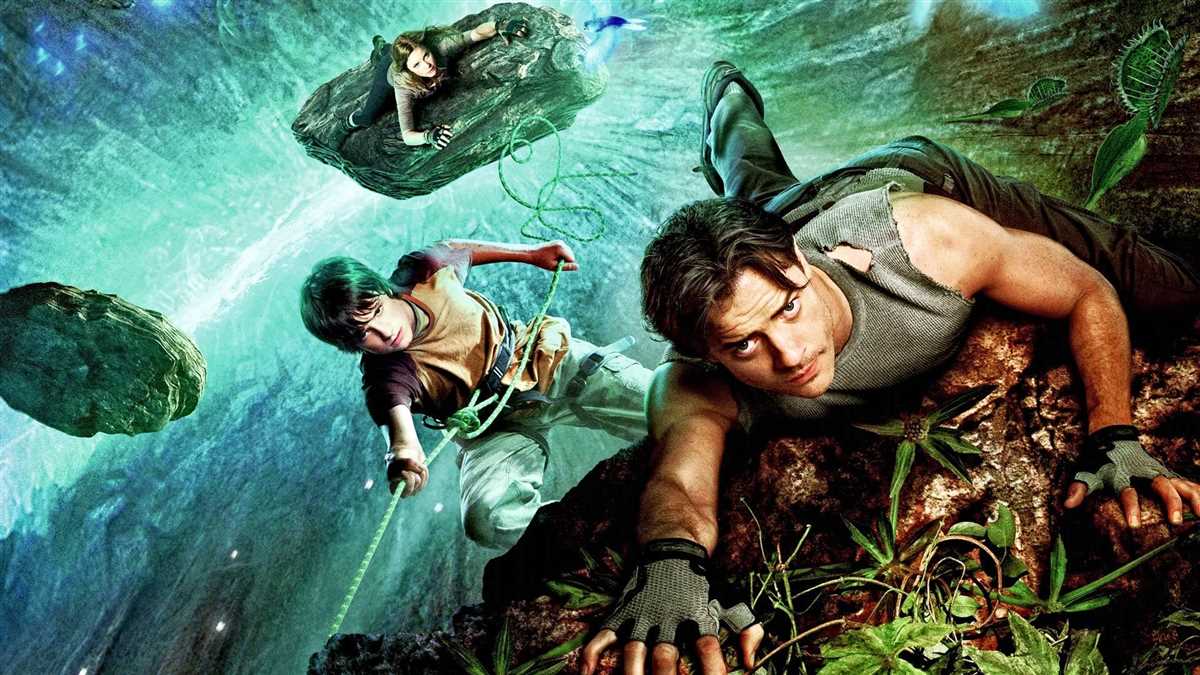
1. What is the main theme of “Journey to the Center of the Earth”?
The main theme of “Journey to the Center of the Earth” is exploration and adventure. The story follows Professor Otto Lidenbrock and his nephew Axel as they embark on a journey to the center of the Earth. Their quest for knowledge and curiosity drive them to explore the unknown depths of the Earth, facing various obstacles and dangers along the way.
2. How do Professor Lidenbrock and Axel begin their journey?
Professor Lidenbrock and Axel begin their journey by discovering an ancient manuscript that leads them to believe there is a passage to the center of the Earth. They decipher the cryptic message and follow the clues to a dormant volcano in Iceland, where they descend into the depths of the Earth.
3. What challenges do Professor Lidenbrock and Axel face during their journey?
- The first challenge they face is navigating the treacherous underground tunnels and caverns.
- They encounter various geological phenomena, such as underground rivers, lava flows, and gas-filled chambers, which pose threats to their safety.
- They also encounter prehistoric creatures, such as giant reptiles and an underground ocean inhabited by dangerous marine life.
- The lack of food and water becomes a constant concern for the explorers, as they have to rely on their resourcefulness to survive.
4. What is the significance of the journey to the center of the Earth?
The journey to the center of the Earth represents humanity’s relentless pursuit of knowledge and the exploration of the unknown. It symbolizes the human desire to push boundaries and challenge existing beliefs. Furthermore, the story highlights the power of imagination and the importance of scientific curiosity in shaping our understanding of the world.
What is “Journey to the Center of the Earth”?
“Journey to the Center of the Earth” is a science fiction adventure novel written by Jules Verne in 1864. It tells the story of an expedition to the center of the Earth led by Professor Otto Lidenbrock, his nephew Axel, and their Icelandic guide, Hans. The novel follows their thrilling and perilous journey through various underground landscapes, encountering prehistoric creatures, geologic wonders, and ancient civilizations.
In “Journey to the Center of the Earth,” Professor Lidenbrock discovers a mysterious message hidden in an old manuscript that leads him to believe that a passage to the center of the Earth exists. Driven by his scientific curiosity, he sets off on a daring expedition, accompanied by his young nephew, Axel. They travel to Iceland, where they descend into a volcano called Sneffels, which is believed to be the entryway to the subterranean world.
The journey takes the adventurers through a series of breathtaking underground landscapes, such as vast caverns, underground seas, and even a fossilized forest. Along the way, they encounter various challenges and dangers, including hostile creatures and treacherous terrain. Their knowledge of geology and their resourcefulness are constantly put to the test as they navigate this unknown and mysterious realm.
“Journey to the Center of the Earth” is a classic adventure novel that explores the limits of human exploration and the wonders that may lie beneath the surface of our planet. It combines science, fantasy, and adventure to create a thrilling narrative that has captivated readers for over a century. The novel’s imaginative portrayal of a hidden world beneath our feet continues to inspire the imagination and fuel the desire for discovery and exploration.
Is “Journey to the Center of the Earth” based on a book?
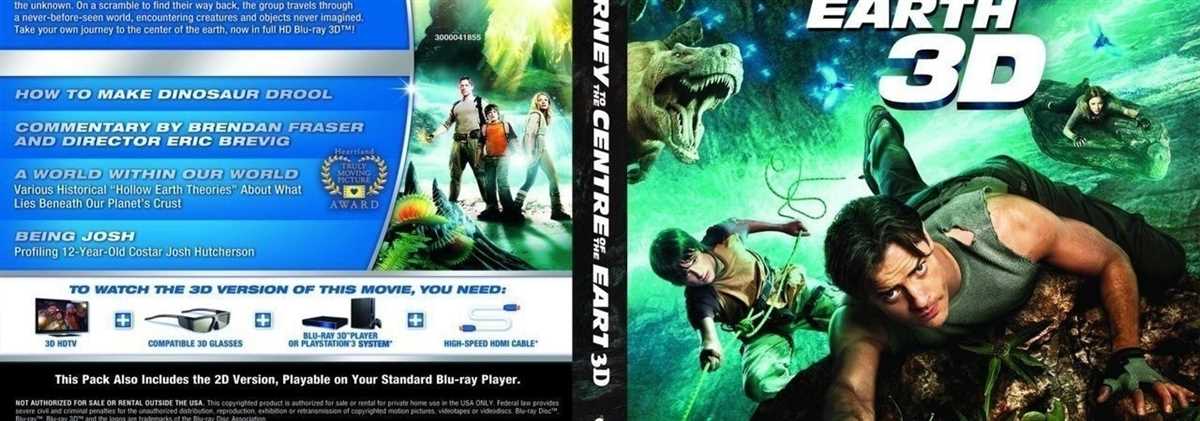
Yes, “Journey to the Center of the Earth” is indeed based on a book. The original novel, titled “Voyage au centre de la Terre” in French, was written by Jules Verne and published in 1864. Verne is considered one of the pioneers of science fiction and his works often revolve around thrilling adventures and scientific discoveries.
In the book, the main characters, Professor Otto Lidenbrock, his nephew Axel, and their guide Hans, embark on a journey to the center of the Earth through a volcano in Iceland. They encounter various obstacles and marvels along the way, including prehistoric creatures, underground oceans, and vast caverns. Verne’s vivid descriptions and imaginative storytelling have made “Journey to the Center of the Earth” a timeless classic.
Who is the author of the book?
The book “Journey to the Center of the Earth” was written by the renowned French author Jules Verne. Born on February 8, 1828, in Nantes, France, Verne was a pioneer of science fiction and adventure literature. His works, which include “Twenty Thousand Leagues Under the Sea” and “Around the World in Eighty Days,” have captivated readers around the world for generations.
Jules Verne’s writing style blends scientific knowledge with imaginative storytelling, creating a unique reading experience. In “Journey to the Center of the Earth,” Verne takes readers on an extraordinary voyage as Professor Otto Lidenbrock, his nephew Axel, and their guide Hans descend into the depths of the Earth to explore its mysteries. The book, first published in 1864, continues to be a beloved classic that has inspired numerous adaptations in film, television, and other media.
What is the plot of “Journey to the Center of the Earth”?
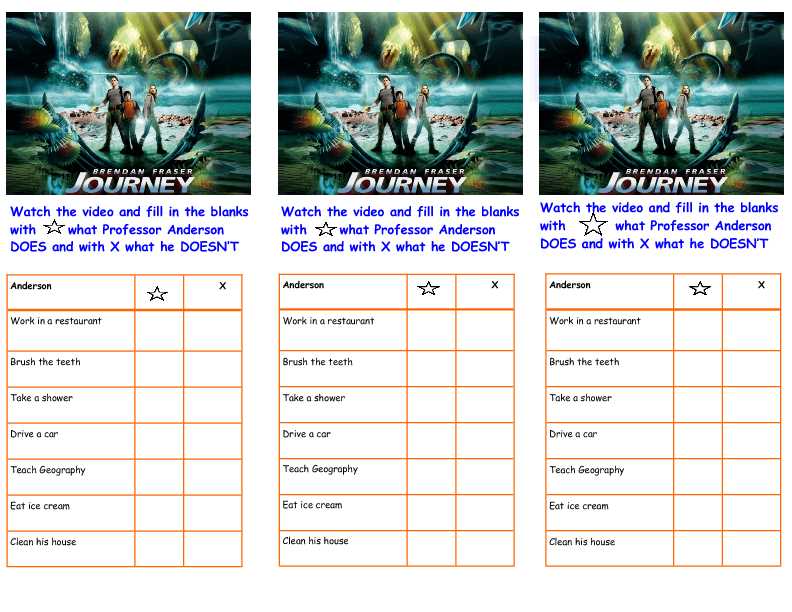
“Journey to the Center of the Earth” is an adventure novel written by Jules Verne in 1864. The story follows the journey of Professor Otto Lidenbrock, a geologist, and his nephew Axel, as they embark on an expedition to explore the unchartered depths of the Earth’s interior. This thrilling tale takes readers on an extraordinary adventure filled with danger, discovery, and unexpected encounters.
The plot of “Journey to the Center of the Earth” begins when Professor Lidenbrock stumbles upon a mysterious parchment containing a coded message written by a Renaissance-era scientist. Determined to unravel its secrets, Lidenbrock, with the help of Axel, deciphers the message and discovers that it leads to a passage to the center of the Earth. Filled with excitement and curiosity, they set off on a quest that takes them through volcanic tunnels, underground oceans, and prehistoric landscapes.
Throughout their journey, Professor Lidenbrock and Axel encounter various challenges and obstacles. They face extreme temperatures, treacherous terrains, and encounters with strange and ancient creatures. However, their determination and scientific knowledge enable them to overcome these difficulties, making remarkable discoveries along the way.
As they venture deeper into the Earth, the exploration party discovers an underground civilization inhabited by a primitive humanoid race. The encounter poses new questions and dangers for the expedition, but also opens up doors to understanding the mysteries of the Earth’s origins.
The plot of “Journey to the Center of the Earth” captures the spirit of curiosity, discovery, and adventure. It takes readers on a thrilling journey filled with scientific marvels and the exploration of the unknown, all while highlighting the resilience and ingenuity of the human spirit.
Are there any movie adaptations of the book?
Yes, there have been several movie adaptations of the book “Journey to the Center of the Earth.” One of the most famous adaptations is the 1959 film of the same name, directed by Henry Levin and starring James Mason, Pat Boone, and Arlene Dahl. This film is considered a classic and is known for its groundbreaking special effects for the time.
Another notable movie adaptation is the 2008 film, also titled “Journey to the Center of the Earth,” directed by Eric Brevig and starring Brendan Fraser. This film was released in 3D and gained popularity for its adventure-filled storyline and immersive visual effects.
Additionally, there have been other adaptations of the book, including a 1977 animated film and a 1993 made-for-TV movie. These adaptations have helped to bring the story of “Journey to the Center of the Earth” to a wider audience and have contributed to its enduring popularity.
Is there any scientific evidence supporting the possibility of a journey to the center of the Earth?
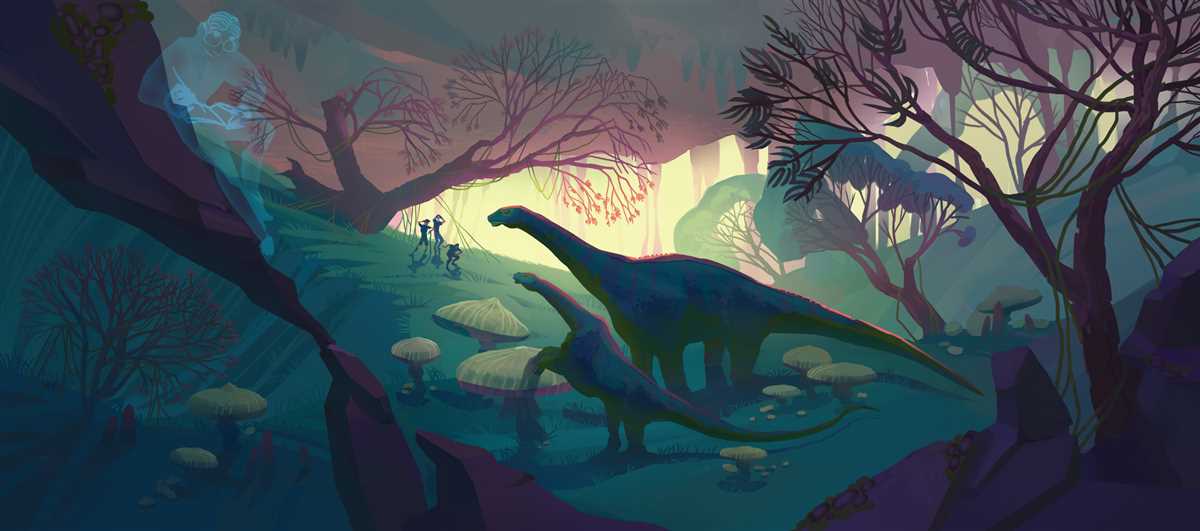
Despite the popularity of the idea of a journey to the center of the Earth in literature and movies, there is no scientific evidence to support its possibility. The concept of traveling to the Earth’s core has been widely explored in science fiction, but it remains firmly in the realm of imagination.
Scientists have made significant progress in understanding the structure and composition of the Earth’s interior using techniques such as seismic imaging, geological studies, and drilling projects. These studies have revealed that the Earth’s core is extremely hot and under immense pressure. The temperature and pressure conditions at the Earth’s core are so extreme that it would be impossible for any human-made vehicle or equipment to withstand them.
Additionally, the Earth’s core is predominantly made up of molten iron and nickel, which would pose significant challenges for any physical travel. The extreme heat and the presence of molten materials would destroy any vehicle or equipment, making it impossible to reach the Earth’s core in its current state.
Furthermore, the concept of a hollow Earth, as depicted in some works of fiction, is not supported by scientific evidence. According to our current understanding of the Earth’s interior, it consists of several layers, including the crust, mantle, outer core, and inner core. These layers are solid or semi-solid, and there is no room for a vast hollow space within the Earth’s structure.
In conclusion, while the journey to the center of the Earth is a fascinating idea, it lacks scientific evidence to support its possibility. Our current understanding of the Earth’s structure and composition, as well as the extreme conditions at the Earth’s core, make it highly improbable for any physical journey to take place. The concept remains firmly in the realm of fiction and imagination.